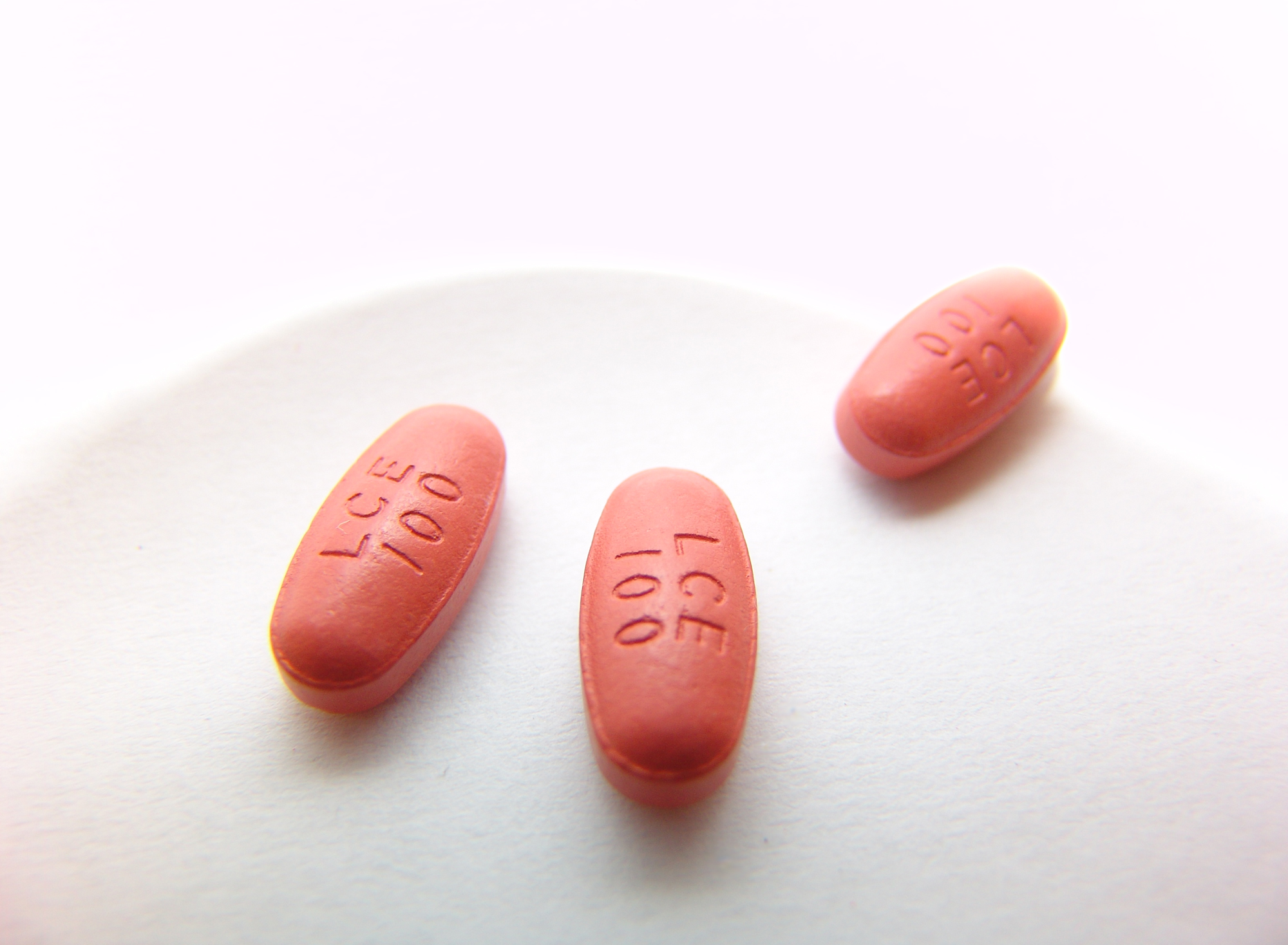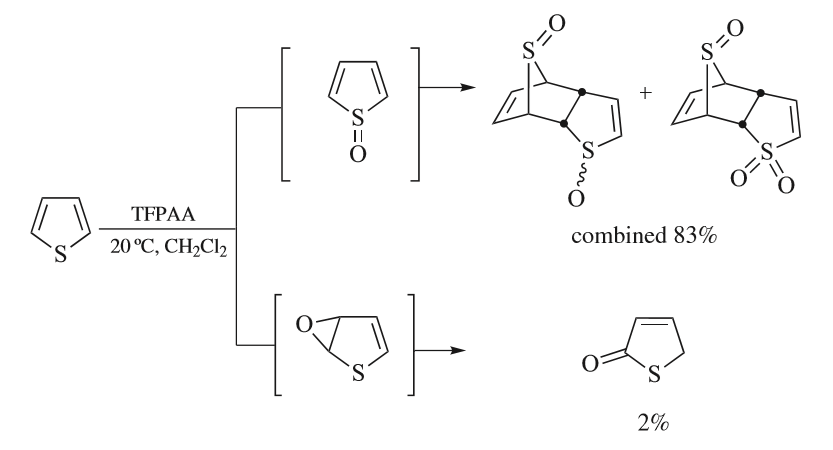|
Mazaticol
Mazaticol (Pentona) is an anticholinergic used as an antiparkinsonian In the management of Parkinson's disease, due to the chronic nature of Parkinson's disease (PD), a broad-based program is needed that includes patient and family education, support-group services, general wellness maintenance, exercise, and nutr ... agent in Japan. The compound was known as PG-501 is first mentioned in Japanese studies in the early 1970s, noting "PG-501 was found to have pronounced anti-acetylcholine, anti-tremorine-induced tremor, anti-physostigmine-induced death, anti-haloperidol-induced parkinsonism and anti EEG arousal activities." References External links Government registered description of mazaticol (Pentona) (Japanese) Antiparkinsonian agents Muscarinic antagonists Thiophenes Carboxylate esters Tertiary alcohols {{nervous-system-drug-stub ... [...More Info...] [...Related Items...] OR: [Wikipedia] [Google] [Baidu] |
Anticholinergic
Anticholinergics (anticholinergic agents) are substances that block the action of the acetylcholine (ACh) neurotransmitter at synapses in the central nervous system, central and peripheral nervous system. These agents inhibit the parasympathetic nervous system by selectively blocking the binding of ACh to its receptor in nerve cells. The nerve fibers of the parasympathetic system are responsible for the involuntary movement of Smooth muscle tissue, smooth muscles present in the gastrointestinal tract, urinary tract, lungs, sweat glands, and many other parts of the body. In broad terms, anticholinergics are divided into two categories in accordance with their specific targets in the central and peripheral nervous system and at the neuromuscular junction: antimuscarinic agents and antinicotinic agents (ganglionic blockers, neuromuscular blockers). The term "anticholinergic" is typically used to refer to antimuscarinics that competitively inhibit the binding of ACh to muscarinic a ... [...More Info...] [...Related Items...] OR: [Wikipedia] [Google] [Baidu] |
Management Of Parkinson's Disease
In the management of Parkinson's disease, due to the chronic nature of Parkinson's disease (PD), a broad-based program is needed that includes patient and family education, support-group services, general wellness maintenance, exercise, and nutrition. At present, no cure for the disease is known, but medications or surgery can provide relief from the symptoms. While many medications treat Parkinson's, none actually reverses the effects of the disease. Furthermore, the gold-standard treatment varies with the disease state. People with Parkinson's, therefore, often must take a variety of medications to manage the disease's symptoms. Several medications currently in development seek to better address motor fluctuations and nonmotor symptoms of PD. However, none is yet on the market with specific approval to treat Parkinson's. Medication The main families of drugs useful for treating motor symptoms are levodopa, dopamine agonists, and MAO-B inhibitors. The most commonly used treatm ... [...More Info...] [...Related Items...] OR: [Wikipedia] [Google] [Baidu] |
Muscarinic Antagonists
A muscarinic acetylcholine receptor antagonist, also simply known as a muscarinic antagonist or as an antimuscarinic agent, is a type of anticholinergic drug that blocks the activity of the muscarinic acetylcholine receptors (mAChRs). The muscarinic receptors are proteins involved in the transmission of signals through certain parts of the nervous system, and muscarinic receptor antagonists work to prevent this transmission from occurring. Notably, muscarinic antagonists reduce the activation of the parasympathetic nervous system. The normal function of the parasympathetic system is often summarised as "rest-and-digest", and includes slowing of the heart, an increased rate of digestion, narrowing of the airways, promotion of urination, and sexual arousal. Muscarinic antagonists counter this parasympathetic "rest-and-digest" response, and also work elsewhere in both the central and peripheral nervous systems. Drugs with muscarinic antagonist activity are widely used in medicine, i ... [...More Info...] [...Related Items...] OR: [Wikipedia] [Google] [Baidu] |
Thiophenes
Thiophene is a heterocyclic compound with the formula C4H4S. Consisting of a planar five-membered ring, it is aromaticity, aromatic as indicated by its extensive substitution reactions. It is a colorless liquid with a benzene-like odor. In most of its reactions, it resembles benzene. Compounds analogous to thiophene include furan (C4H4O), selenophene (C4H4Se) and pyrrole (C4H4NH), which each vary by the heteroatom in the ring. Isolation and occurrence Thiophene was discovered by Viktor Meyer in 1882 as a contaminant in benzene. It was observed that isatin (an indole) forms a blue dye if it is mixed with sulfuric acid and crude benzene. The formation of the blue indophenin had long been believed to be a reaction of benzene itself. Viktor Meyer was able to isolate thiophene as the actual substance responsible for this reaction. Thiophene and especially its derivatives occur in petroleum, sometimes in concentrations up to 1–3%. The thiophenic content of Petroleum, oil and coal i ... [...More Info...] [...Related Items...] OR: [Wikipedia] [Google] [Baidu] |
Carboxylate Esters
In organic chemistry, a carboxylate is the conjugate base of a carboxylic acid, (or ). It is an anion, an ion with negative charge. Carboxylate salts are salts that have the general formula , where M is a metal and ''n'' is 1, 2,.... Carboxylate esters have the general formula (also written as ), where R and R′ are organic groups. Synthesis Carboxylate ions can be formed by deprotonation of carboxylic acids. Such acids typically have p''K''a of less than 5, meaning that they can be deprotonated by many bases, such as sodium hydroxide or sodium bicarbonate. : Resonance stabilization of the carboxylate ion Carboxylic acids easily dissociate into a carboxylate anion and a positively charged hydrogen ion (proton), much more readily than alcohols do (into an alkoxide ion and a proton), because the carboxylate ion is stabilized by resonance. The negative charge that is left after deprotonation of the carboxyl group is delocalized between the two electronegativ ... [...More Info...] [...Related Items...] OR: [Wikipedia] [Google] [Baidu] |


